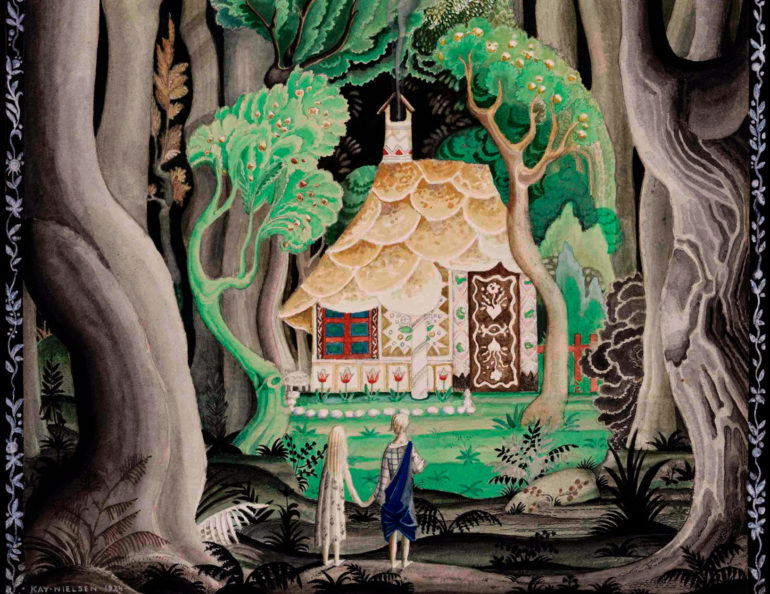Tchaikovsky saw himself as the victim of a cold, heartless fate. He confronted this situation head on in Symphony No. 4 (1877). In it, he used a recurring theme, a harsh brass fanfare, to represent fate. It may appear that he has dealt fate a lethal blow in the jubilant concluding bars, but the near-hysterical rejoicing bears an uneasy, hollow ring.
Ten years passed before he began his next symphony. He made sketches for it during the summer of 1887, set to work in earnest in May 1888, and completed it four months later. In November, he conducted the first two performances himself. Audiences loved it. Critics, on the other hand, reacted with hostility. Tchaikovsky was devastated. In typically mercurial fashion, a performance in Hamburg, under another conductor, instantly erased his pessimistic feelings. Everyone there adored the piece, and their acclaim convinced him of its worth.
Once again, he based a symphony on a recurring theme that represented his outlook on life at the time. By then, his attitude to fate had softened somewhat, possibly due to a rebirth in religious feeling. He now referred to it by the less intimidating name “providence.” Reflecting this shift, he made the Fifth Symphony’s “providence” theme much less aggressive that its counterpart in Symphony No. 4. It appears in the opening bars, intoned quietly and soberly by the clarinets. Where the Fourth Symphony’s “fate” theme is heard only in the first and last movements, and remains unchanged from one appearance to the next, the Fifth’s “providence” theme appears in all four movements. Its character also evolves to mirror the music’s emotional progress
After the introduction, the opening movement contrasts restless striving, represented in the first theme, a march-like variant of “providence,” with a second subject whose heartfelt yearning is expressed with maximum eloquence by the strings. Tchaikovsky developed these melodies with what for him was unusual restraint and economy. The first theme strides across the scene sternly and defiantly to crown the movement.
The second movement can only be described as a passionate love-idyll. Its materials number among Tchaikovsky’s most compelling and best-loved inspirations: a ravishing theme introduced by solo horn, and a more wistful idea first played by solo oboe. Both melodies grow in fervour as this expansive movement unfolds. Its sweeping, swelling raptures are twice interrupted, with a newly developed sense of forcefulness, by the “providence” theme. The concluding pages return the music to the hushed stillness from which it emerged.
Next comes a typically elegant Tchaikovsky waltz. He based it on a popular song he heard being sung by a boy in the street during a visit to Florence, Italy. The sole blemish on its courtly façade is provided by a brief, almost offhand appearance of “providence,” just before the end. Thus softened, it sounds ripe for transfiguration.
It stands proudly on display in the slow-tempo introduction to the finale, where it is heard in a warm major key for the first time. The finale proper emerges swiftly out of the final bars of this passage. It is one of Tchaikovsky’s most joyous and most energetic symphonic movements, strongly coloured with the hearty flavours and dancing rhythms of Russian folk music. Brass fanfares and a thunderous timpani roll herald a pause for breath (no applause, please!). Its transformation complete, “providence” passes by in a sturdy processional, before a whirlwind coda brings the symphony home.
Program Notes © 2019 Don Anderson





